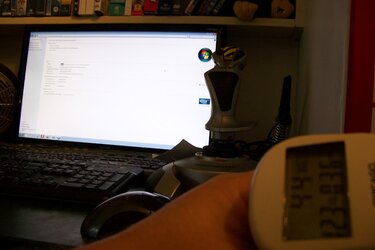- Joined
- Nov 3, 2008
Archer, be careful what you watch for when people delid. Some results going both ways good and bad, depending on how the cooler attaches and other factors when delidding. Doing it, and doing it right are different things. It seems like lately people are getting the best results by replacing the TIM then replacing the IHS - I imagine thats mainly a contact thing with the die/cooler.
Thanks, they fixed that for us.
I am looking for cores that are not ripped to shreds only. Results are secondary. Like I said before my last delid ripped open a core. Not good.


